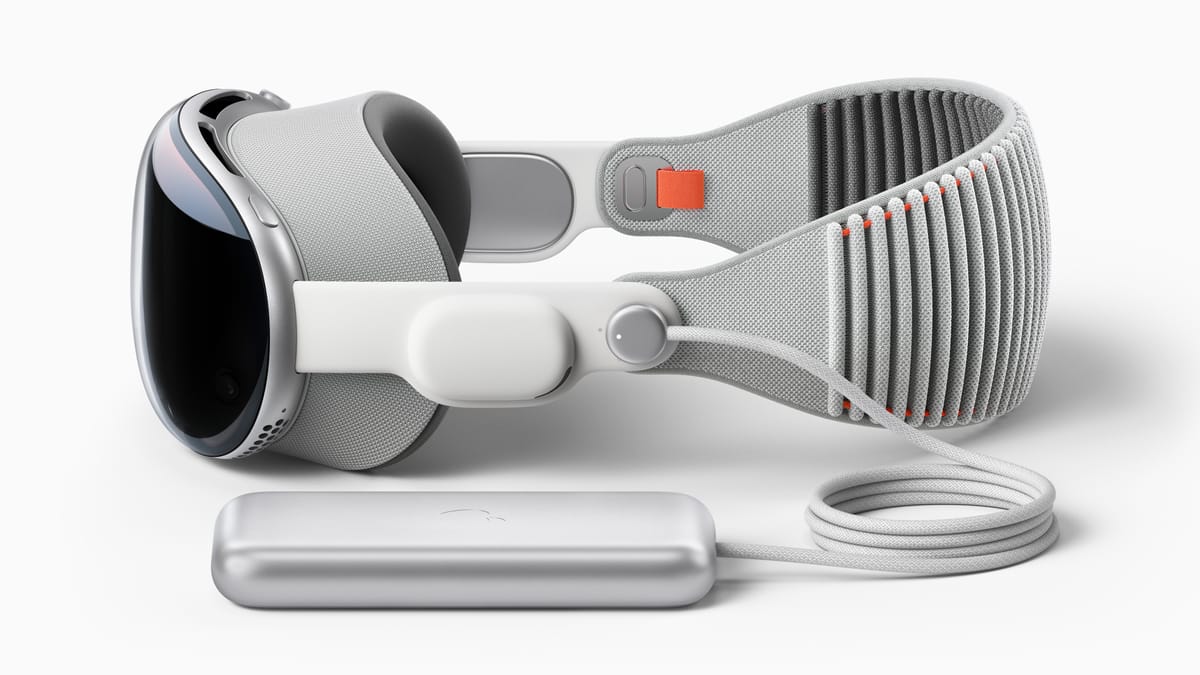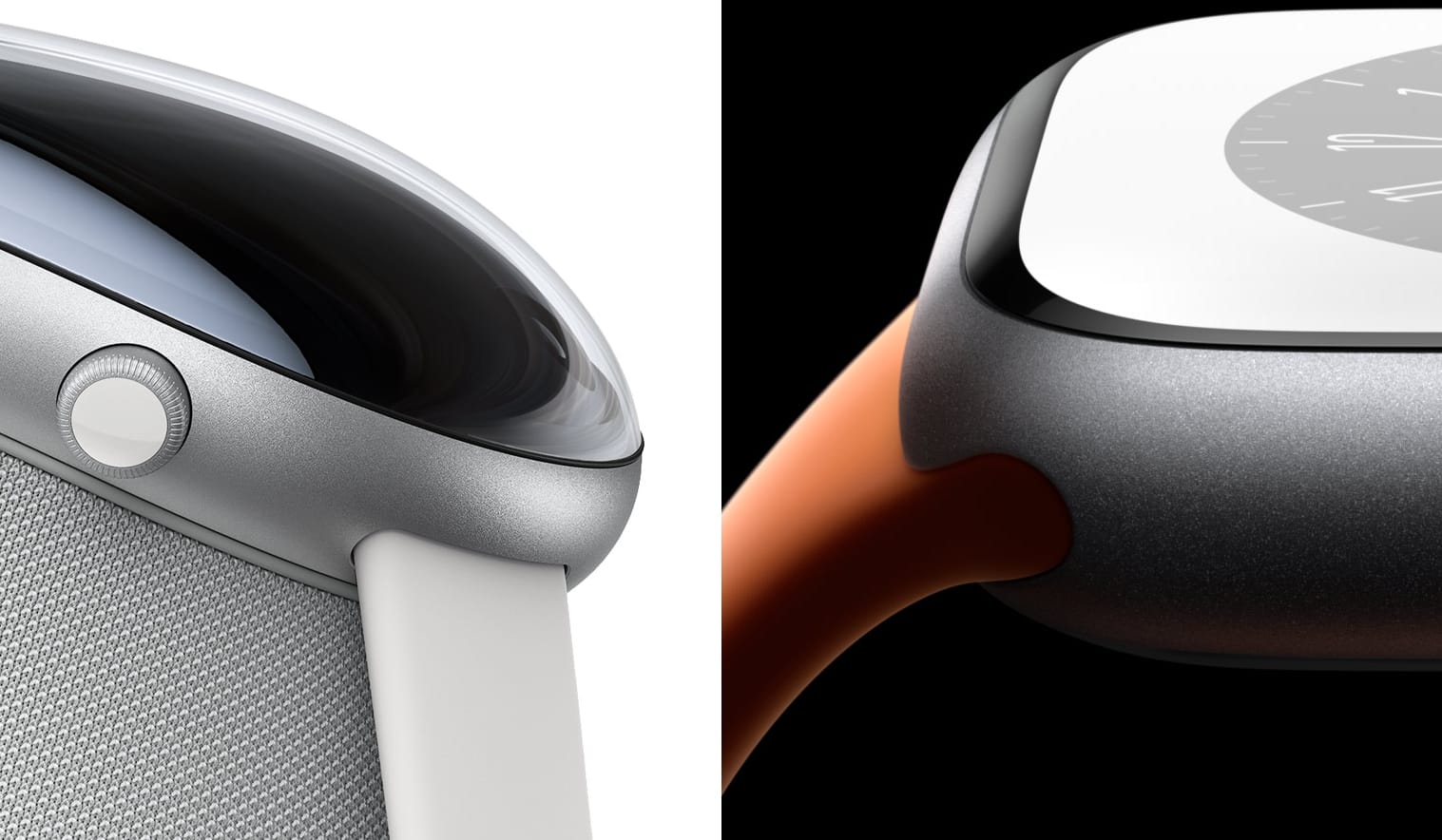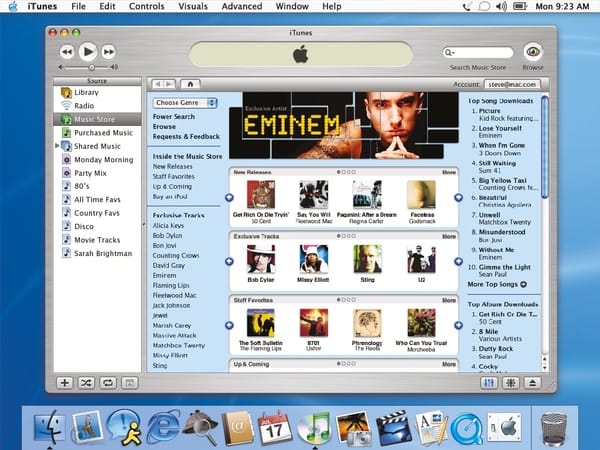Vision Pro is full of Apple’s DNA
The VR/AR headset is something entirely new, but still feels quintessentially Apple.

The arrival of the iPhone marked a profound shift in our lives. Smartphones existed before then, but they were specialized tools for professionals (or nerds). Apple rethought the entire concept of the device and built it into a form acceptable to the masses.
That shift, turning smartphones from a rarely-seen niche product to something literally everyone uses, is now known as the iPhone Moment. It’s something others have adopted to mark similar shifts; earlier this year, Nvidia CEO Jensen Huang claimed that ChatGPT is AI’s iPhone Moment. Now Apple is back with what they no doubt hope is another iPhone Moment: the unveiling of Apple Vision Pro, an immersive headset for augmented reality and virtual reality.
I don’t know if Vision Pro is an iPhone Moment for AR or VR; I don’t know if this device is going to usher in the dawn of a new age. What I do know is that, from a hardware perspective, it is indeed an iPhone Moment, because Vision Pro is like no headset that came before.
The iPhone wasn’t simply a better BlackBerry, and Vision Pro is not an iterative improvement on current headsets — it’s an entirely new approach. Apple has taken serious stabs at solving technical issues like lag-free passthrough video, as well as social issues like the isolation factor of wearing a headset. The eyes peeking out of the headset may seem a little odd, but it’s at the center of Apple’s approach to keep Vision Pro users in the real world, interacting with other people even while wearing the headset.
Even though it’s an entirely new type of product, it’s fascinating to see how much of it seems to take cues from past Apple products:
- The curved glass smoothly joined to an aluminum frame is reminiscent of the Apple Watch
- The Digital Crown was first seen on the Apple Watch
- The pull-strap to release the headset’s band looks like the one on the Apple Watch Ultra’s Trail Loop
- The fabric seal around the eyes look similar to the AirPods Max ear cups
- LIDAR and the TrueDepth camera were first introduced on the iPad Pro and iPhone X
- Spatial Audio first came to iOS in 2020; 3D audio is critical for this headset
- The way icons are shaded and selected when using eye tracking on Vision Pro resembles the trackpad cursor on iPadOS
In this sense, the Vision Pro truly feels like a culmination of everything Apple’s learned over the last decade, whether in hardware design or software.

You can also see Apple’s design approach with the external battery pack. Given the — frankly, overblown — criticism of PSVR2 for not being wireless, I can’t see any other headset manufacturer coming out with an external battery pack on a headset in 2023 for fear of being mocked for an uncompetitive and outdated design.
The thing is, it’s actually the right choice.
PSVR2 is my favorite headset yet because, without a battery, it’s so light; weight matters when something is strapped to your head. Taking the weight of Vision Pro’s battery off your head and into your pocket makes a lot of sense.
Apple, like Nintendo, tends to have the confidence to go their own way; to ignore the criticism and to barrel ahead with what they think is right, damn the haters. And for the most part, it works, because everyone else falls in line eventually. (Of course, sometimes that approach leads to things like the Magic Mouse charging port, so…)
The elephant in the room is, of course, the price. $3499 is a lot of money, especially for a device where most of the features shown were quite casual: watching a movie, chatting on FaceTime, watching live sports, and so on. Still, I don’t think apps will be a problem: unlike Facebook Meta, Apple has a huge advantage with millions of apps on the iOS App Store. They don’t have to build an ecosystem from scratch; there’s no need to beg, say, Netflix to build an app for Vision Pro if the iOS app works out of the box.
Here’s the thing about the iPhone Moment: the world didn’t change at that exact moment. The original iPhone was the harbinger of a revolution, but the original iPhone wasn’t the phone that ended up in everyone’s pocket. It still took a few generations before the iPhone went beyond being an accessory for the rich and became essential.
Similarly, Vision Pro isn’t the device most people will buy. It’ll get cheaper and lighter, and that device — Vision Air? — is the one that has a chance to take off.
The only question is whether they get there at all.
VR and AR have been stuck in a “nearly” moment for years now. There are plenty of headsets; there are a decent number of apps and games; and, anecdotally, any time I’ve ever seen anyone try VR, they walk away impressed. And yet, for whatever reason, it’s never taken off.
To me, the question isn’t whether Apple Vision Pro represents an iPhone Moment. The question is whether VR and AR will ever have an iPhone moment. Vision Pro answers enough of the technical and social issues around VR and AR that, if this headset doesn’t spark a revolution, I don’t know if any headset will.





